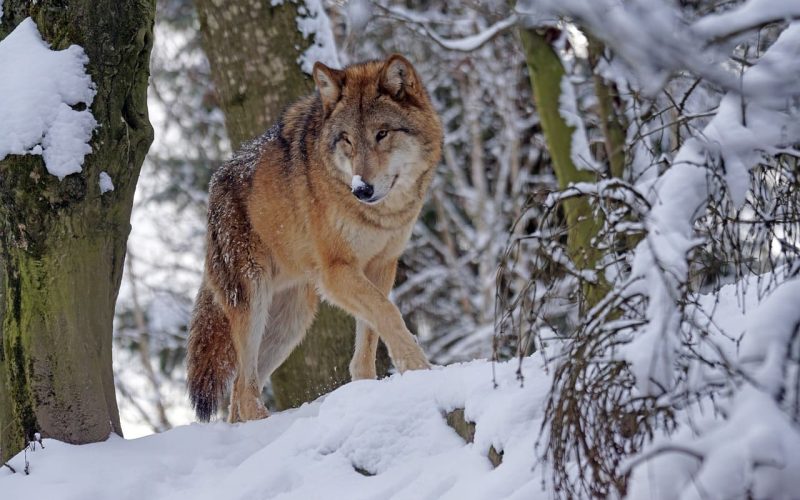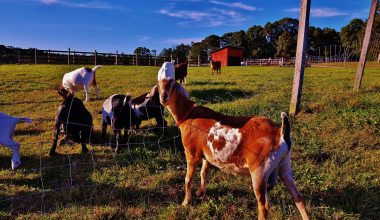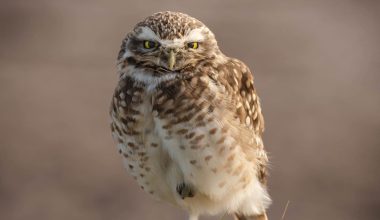Have ever seen a wolf, in reality? Do wolves intrigue you? Well, in my case that’s very true. For centuries, wolves have captivated human fascination. Despite being smaller than lions or bears, they instill fear in people. Their ability to hunt in packs enables them to bring down prey much larger than themselves. Wolves are highly social creatures, with packs comprising up to 20 adult members. With ranges spanning hundreds of miles, these remarkable animals continue to intrigue us. In this article, you will get a chance to discover more about wolves, including the world’s top 10 largest wolves in the world, as you delve further.
Largest Wolves In The World
1. Mackenzie Valley Wolf
Currently, the Mackenzie Valley Wolf, also known as the Canadian Timber Wolf, holds the title of being the largest wolf breed. These majestic creatures are frequently found in the Mackenzie River Valley, a distinct region of Canada, as well as in Alaska and other parts of Western Canada. With a length reaching up to 7 feet and weighing approximately 175 pounds, their impressive size is crucial for their survival in high-altitude environments, allowing for larger organs such as their lungs to adapt and thrive.
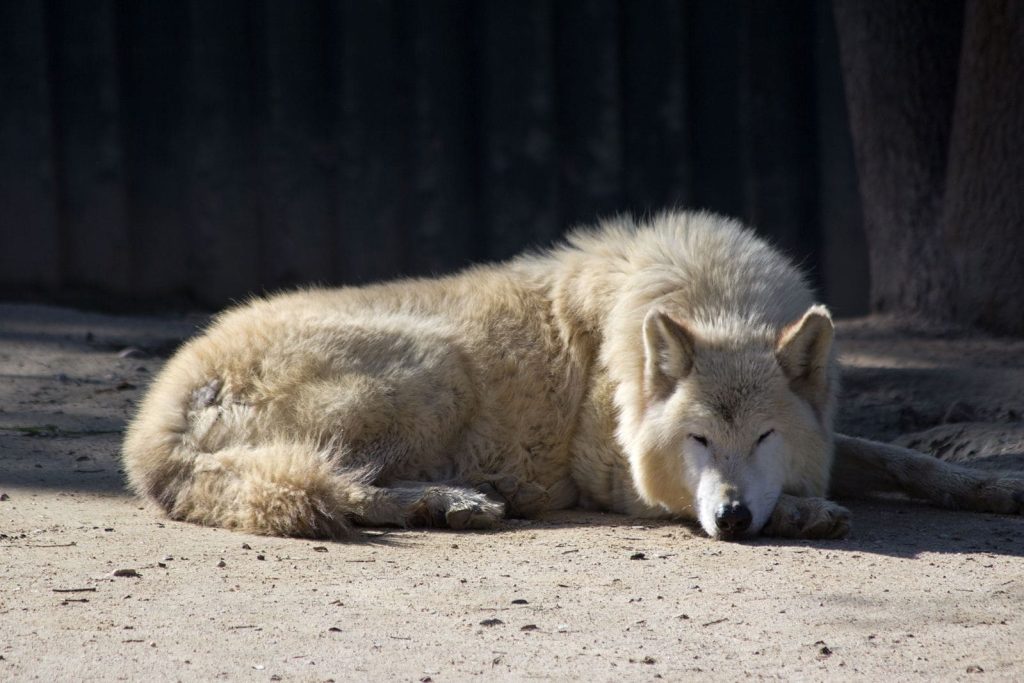
Image Source: Wikimedia
2. Himalayan Wolf
The wolf measures approximately 3.75 feet in length, the Himalayan wolf (Canis lupus chanco) surpasses the Indian wolf in size. With a shoulder height of around 30 inches, it weighs an average of 77 lbs, similar to that of a male German Shepherd. Its diet primarily consists of Himalayan marmots, woolly hares, pikas, and Tibetan gazelle, serving as vital sources of protein. Found across the Himalayas, Tibetan Plateau, and Central Asian highlands, these remarkable creatures have adapted to thrive in high-altitude environments unlike most wolves, which prefer lower, oxygen-rich habitats.
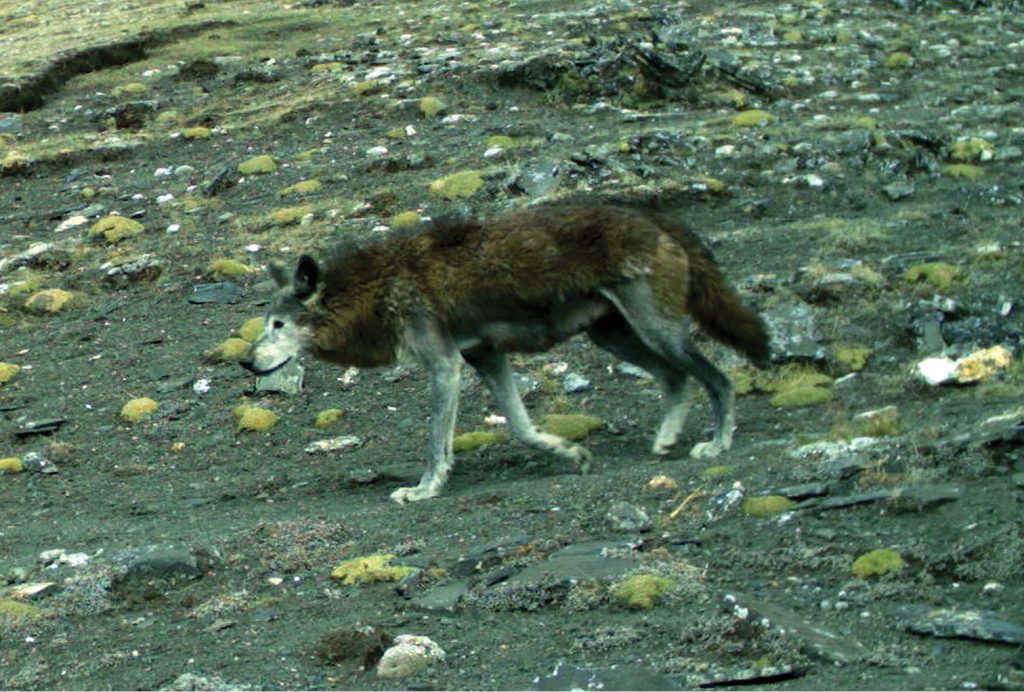
Image Source: Wikimedia
3. Eurasian Wolf
The Eurasian wolf, scientifically known as Canis lupus, is the largest wolf species found outside of North America. Also referred to as the common wolf or Middle Russian woodland wolf, these remarkable creatures have an average weight of 86 pounds. However, in rare cases, their weight can range from 71 to 176 pounds, and exceptionally, even up to 190 pounds.
Standing at a height of up to 33 inches and measuring between 3.5 to 5.25 feet in length, Eurasian wolves were once widespread across the steppes of Russia and throughout Europe. Unfortunately, extensive population reduction efforts from the Middle Ages to the 20th century significantly diminished their numbers. Presently, they can still be found in northern and eastern Europe, as well as the steppe regions of Russia. In the wild, their diet consists of moose, deer, wild boar, and other large local animals.

4. Tundra Wolf
The Tundra Wolf, while comparable in length to the Mackenzie Valley Wolf, tends to be lighter in weight. These wolves are primarily found in the frigid regions of Russia, where they have adapted to the harsh environment by developing a remarkably thick coat. Their diet consists mainly of bison and caribou, with a preference for preying on the weaker members of a herd to conserve energy. Tundra wolves can be found across various regions, from Finland’s tundra to Russia’s Kamchatka Peninsula. They often inhabit densely forested areas and river valleys.
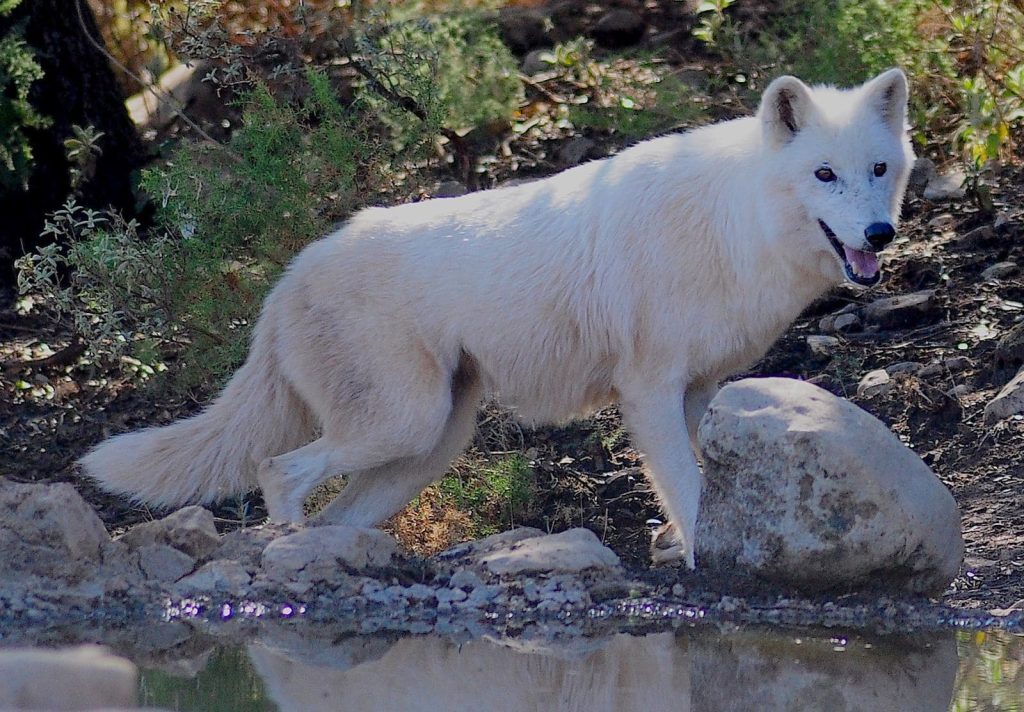
Image Source: Wikimedia
5. Arctic Wolf
The Arctic wolf, also known as the white wolf or polar wolf, measures between three and five feet in length, making it smaller than its Northwest counterparts. Despite weighing an average of 70 to 125 pounds, their thick and waterproof coats make them appear larger and more robust, providing insulation in freezing temperatures.
Arctic wolves inhabit regions such as Greenland, Canada, Alaska, and Iceland. Due to the challenges of constructing dens in the icy Arctic ground, they seek shelter in caves or rocky outcroppings. Their diet primarily consists of Arctic hares, caribou, and muskoxen. Remarkably, an Arctic wolf can consume up to 20 pounds of meat in a single meal and can survive for 4 to 5 months without food.

6. Dire Wolf
The Dire Wolf, although now extinct, holds a notable place in history as the largest wolf species to have existed. With the ability to reach weights of up to 175 pounds, it surpassed its close relatives in size. Recent research suggests that Dire Wolves possess distinct characteristics that warrant their own species classification, distinguishing them from other wolf species.
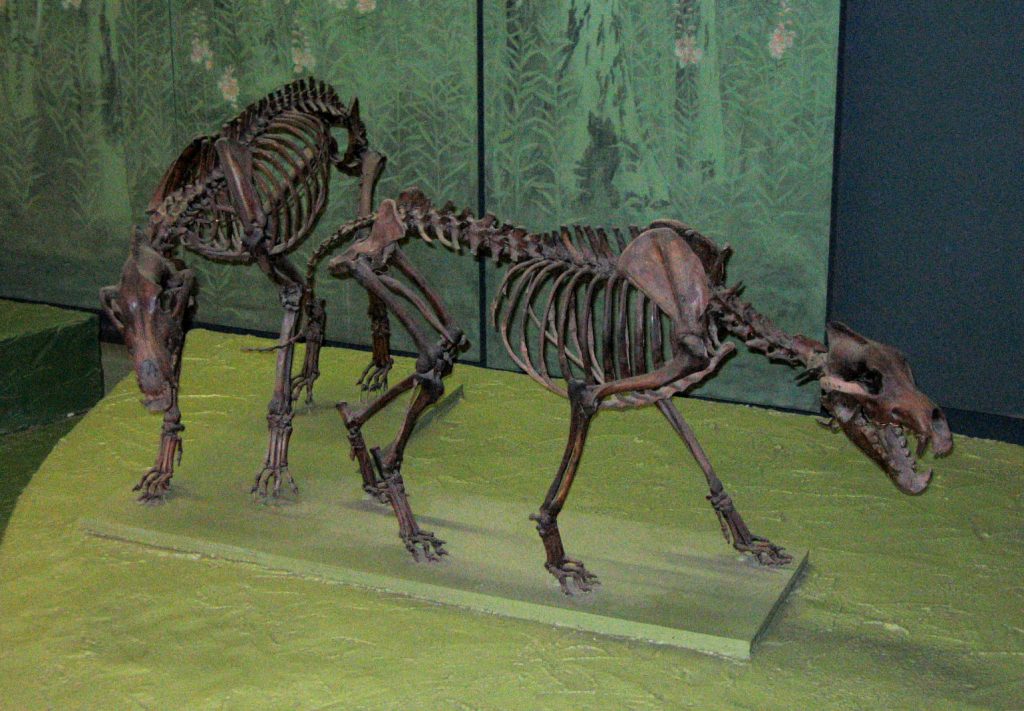
Image Source: Wikimedia
7. Steppe Wolf
Steppe wolves, scientifically known as Canis lupus campestris or Caspian Seawolves, typically have a weight ranging from 77 to 88 lb. They possess shorter and sparser hair compared to their closely related Eurasian wolves of similar size.
The name “steppe wolf” is derived from their native habitat in the steppe regions of Eurasia, which include the lower Volga region, southern Kazakhstan, the Caucasus, and the Caspian steppes. While steppe wolves primarily feed on rodents, fish, and Caspian seals, they have also been observed consuming berries and other plant matter when food is scarce. These wolves are occasionally kept by communities as watchdogs.
Also Read: 10 Different Types Of Wild Dogs

Image Source: Wikimedia
8. Red Wolf
The red wolf (Canis lupus rufus) is a distinct wolf subspecies that results from the hybridization of grey and red wolves. Its name stems from the noticeable reddish hue often present in their fur. Typically, Red wolves measure between 4.5 to 5.25 feet in length and weigh approximately 50 to 85 pounds. With their elongated and slender bodies, some biologists draw comparisons to greyhounds. Red wolves inhabit the southeastern regions of the United States. While they are more sociable than coyotes, they are less amicable compared to grey wolves. Their diet consists of rodents, rabbits, white-tailed deer, and nutria.
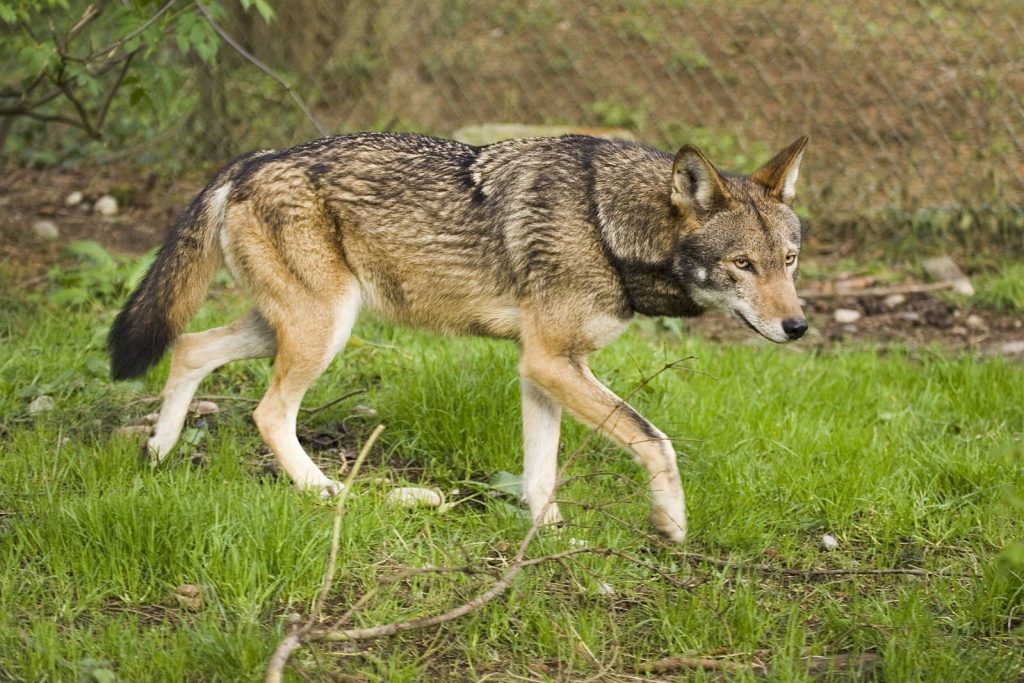
Image Source: Wikimedia
9. Mongolian Wolf
The Mongolian wolf, scientifically known as Canis lupus chanco, has a body length ranging from three to five feet, including the tail. The largest individuals can exceed a height of 35 inches. In terms of weight, most Mongolian wolves weigh between 57 and 82 lbs, although variations can occur. They are relatively smaller than European wolves and typically feature a narrower muzzle.
One of the largest wolves in the world, the Mongolian wolf bears a resemblance to the Himalayan wolf, leading to ongoing discussions about its taxonomy. Indigenous to Mongolia, Russia, and central and northern China, the Mongolian wolf has experienced changes in its habitat due to human settlements and the declining population of Siberian tigers, their main prey. They hunt saiga and also target domesticated cattle for food.

10. Northern Rocky Mountain Wolf
The northern Rocky Mountain wolf (Canis lupus irremotus) is recognized as one of the largest subspecies of grey wolves. With an impressive size, it can weigh anywhere between 70 and 150 lbs, standing tall at the shoulder, typically ranging from 26 to 32 inches. Most northern Rocky Mountain wolves display light grey fur, while their distinguishing feature is their flat and narrow frontal bone, setting them apart from other grey wolves.
Once widespread throughout the Rocky Mountain region in the United States, they now inhabit portions of Montana, Wyoming, Idaho, and southern Canada. Their primary prey consists of elk, bison, Rocky Mountain mule deer, and beaver. In times of scarce food, they may resort to hunting and consuming weakened or injured members of their own pack. It is one of the largest wolves in the world.

Image Source: Wikimedia
These are the 10 largest wolves in the world. Kindly shares and do post your comments.
